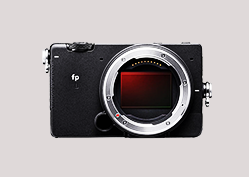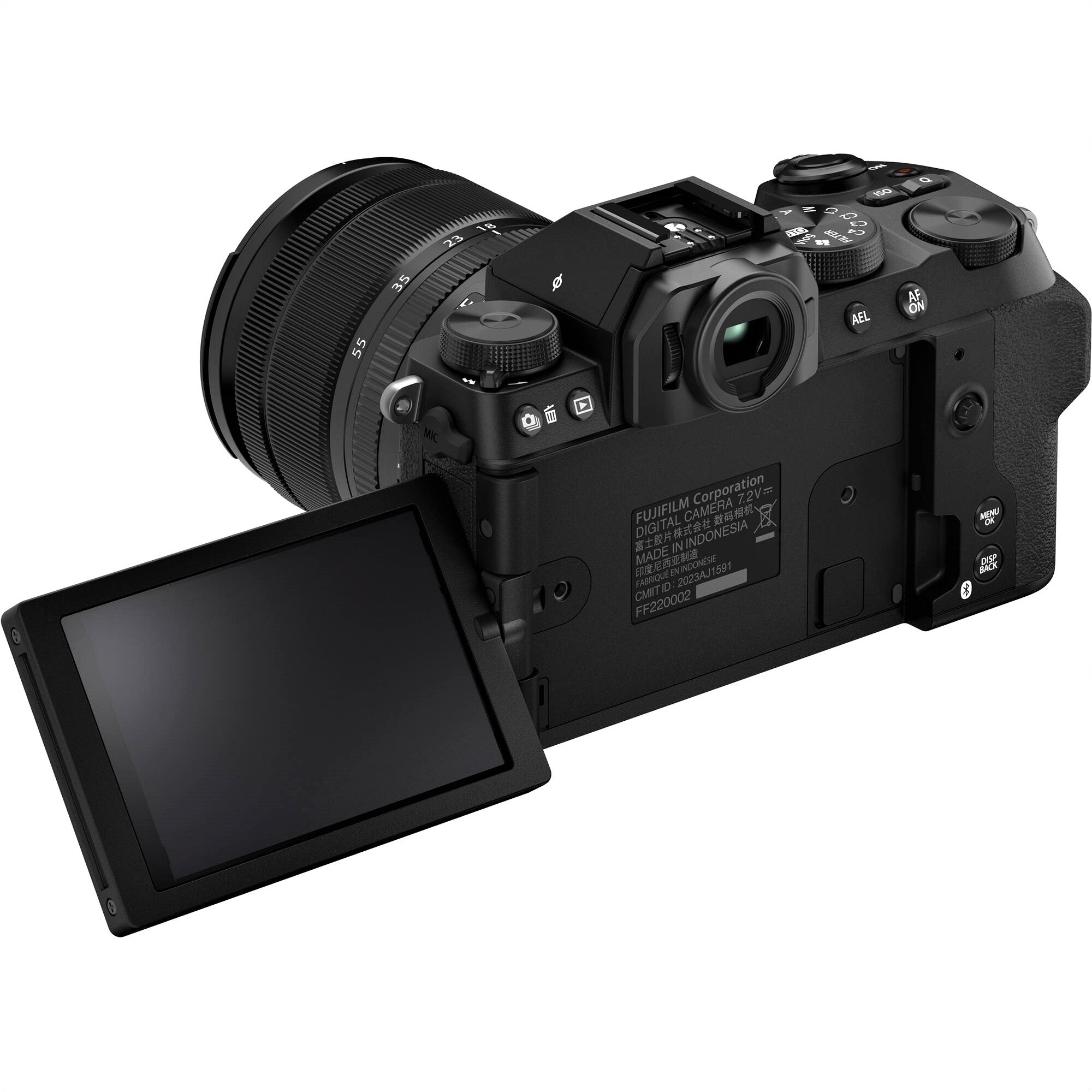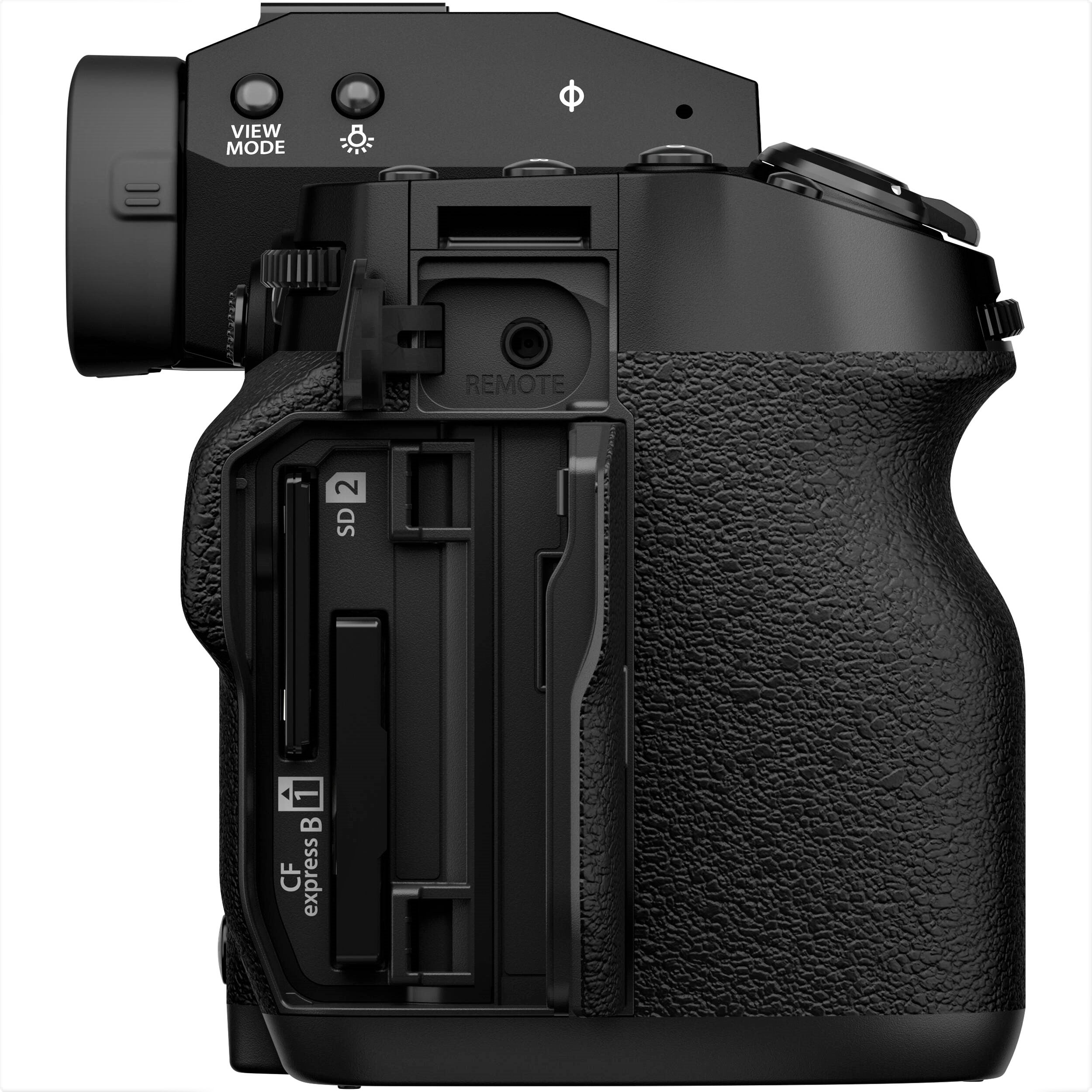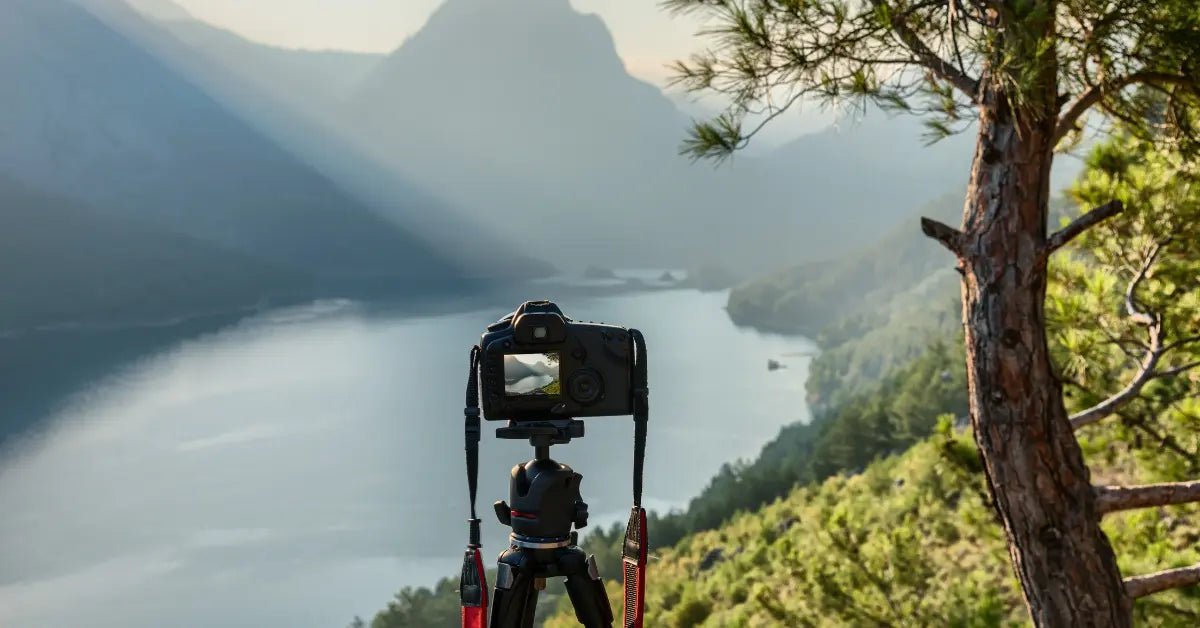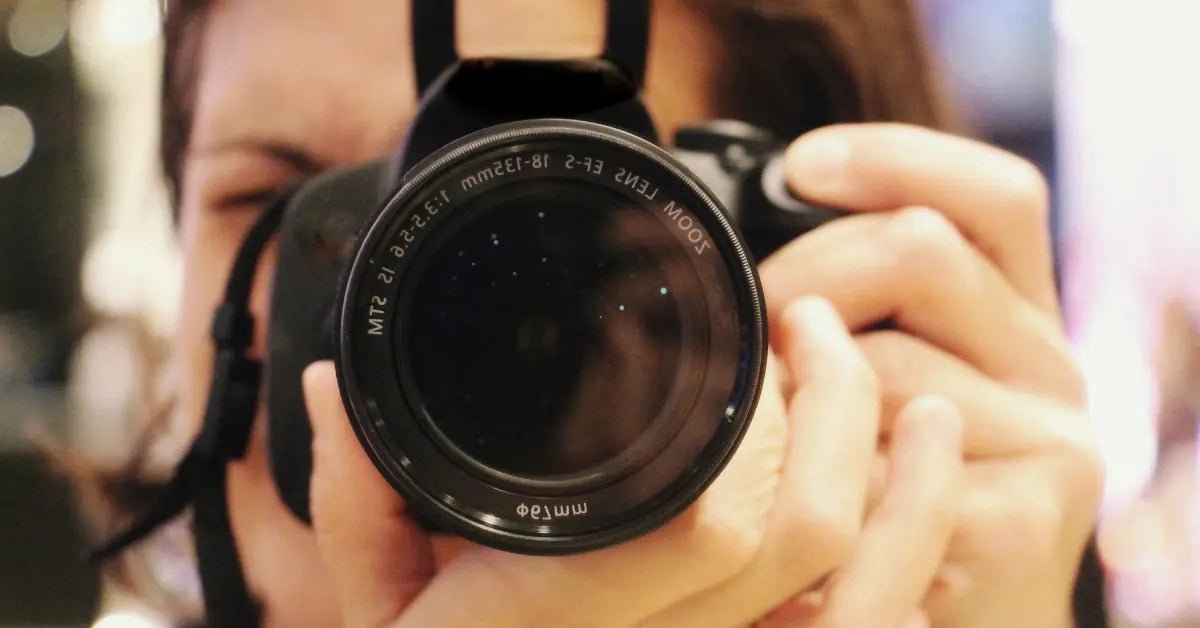Digital photography has changed photography forever. It uses advanced sensors instead of film. This shift is huge. Now, photographers can see pictures right away, unlike the old days of waiting. This speed helps both beginners and pros. Plus, sharing photos worldwide is fast and easy.
Digital cameras let more people try photography without big costs. Shooting photos is free, so people can practice a lot. They can also edit photos with software, doing things that are hard in a darkroom.
In short, digital photography makes taking and sharing photos easier. It opens up new ways for us to see and share images. This change affects not just photography, but also art and communication overall.
What Is Digital Photography?

Digital photography is a blend of tech and art. It mainly uses digital cameras and, more and more, smartphones and tablets to take pictures. Instead of chemical film development, it relies on electronic detectors. These detectors capture light through the lens and turn it into a digital image. This can be seen and changed right away.
With this tech, photographers can try different things quickly and tweak settings as they go. This is something film can't offer. After taking a picture, the editing starts. Using software, photographers can do lots from fixing light levels to changing colors. This helps them perfect their vision. These photos are saved digitally.
This makes it easy to keep, find, and share them, changing how we handle and share images. Photos are now easy to manage and share, from social media to blogs.
Digital photography does more than just make things convenient. It opens up photography to everyone, hobbyists and pros alike. This adds to our culture with more views and stories. From careful portraits to quick snapshots, digital photography keeps growing. It changes how we see and share the world around us.
Core Components of a Digital Camera
- Sensor: A camera’s sensor is like the digital version of film, but way more advanced. It’s packed with millions of tiny light-sensitive pixels. These pixels grab light coming through the lens and turn it into electrical signals. That data becomes the foundation of an image. The better the sensor, the sharper the details, the richer the colors, and the stronger the performance in tricky lighting. A great sensor makes a difference—especially in low light, where every bit of quality counts.
- Processor: Once the sensor collects light, the processor takes over. It’s the camera’s brain. This tiny chip transforms raw data into a clear, polished photo. It tweaks colors, sharpens edges, and balances exposure—all in an instant. A high-powered processor speeds things up, reducing noise and making burst photography seamless. Shooting high-resolution video? A strong processor keeps everything smooth, even at ultra-high frame rates.
- Storage: Every photo needs a home. That’s where memory cards come in. Small but mighty, they store thousands of images in a format you can easily transfer to a computer. SD cards, CompactFlash—there are different types, each with unique capacities and speeds. Fast cards are essential for pros capturing rapid shots, while larger ones help ensure you never run out of space. No one wants to miss a perfect moment because their storage is full.
The Dawn of Digital Photography

When Did Digital Photography Start?
Photography has drastically changed from its old film techniques to today's digital methods. It all started around the mid-1900s, setting the stage for digital photography to eventually catch on. By the late 1980s and early 1990s, digital cameras became more accessible to the public.
The big change began with Steven Sasson, a Kodak engineer, in 1975. Sasson invented the first real digital camera. This wasn’t a typical film camera; it stored pictures digitally. Although this was a huge innovation, digital cameras took over a decade to become common in homes. They needed to become cheaper and better first.
Now, digital cameras have transformed photography. They allow us to instantly see photos, save them digitally, and share them easily. These benefits have completely changed how we take, see, and share photos.
Milestones in the Development of Digital Photography
Digital photography represents a fascinating journey of innovation and technological advancement. Here's a closer look at some pivotal moments that have shaped its development:
- (1975) Digital Photography Begins: In 1975, Kodak created the first digital camera. It was big and clunky, only took black and white photos, and saved them on a cassette tape. Though it wasn’t great quality, it started the digital photo revolution.
- (1988): Digital Goes Mainstream: By 1988, Fuji's DS-1P became the first digital camera for everyone. It didn’t need film because it had a removable memory card, a new idea at the time. This showed that digital cameras could be for the general public, not just experts.
- (1990s) Cameras Get Better and Cheaper: The 1990s brought big changes to digital cameras. They got smaller, cheaper, and took better pictures. New features like LCD screens and more storage made them popular for more people. They even started showing up in mobile phones, making them a regular part of daily life.
Digital Photography vs. Traditional Photography

Photography has changed a lot. It used to be all about film that reacts to light. Now, we use digital technology. This has changed how we take and use photos. Here are some of the big changes:
- Immediate Feedback: Snap. Check. Adjust. Digital photography puts instant feedback at your fingertips. The moment you take a photo, it pops up on your screen—no waiting, no surprises. Too bright? Too dark? A quick tweak, and you’re back in action. For photographers, this means complete control over composition and exposure before they pack up and leave.
- Enhanced Editing: Gone are the days of waiting for film to develop. Digital images are a playground for creativity. Need a quick fix? A basic app gets it done. Want something more advanced? Professional software lets you fine-tune every pixel. Crop distractions out. Sharpen details. Adjust colors until they match your vision. With digital tools, every shot can be transformed into something remarkable.
- Easy Storage and Sharing: No clutter. No fading prints. Digital photos stay sharp forever, stored safely on drives or in the cloud. And sharing? It’s effortless. A few taps, and your images are on social media, in an email, or backed up for future generations. Whether capturing memories or building a portfolio, digital photography makes it all easier, faster, and more accessible than ever.
These changes make photography more fun and versatile. It’s easier for everyone to take and share great photos.
The Impact of Digital Photography

What Is the Impact of Digital Photography?
Digital photography has changed more than just picture-taking—it has reshaped media, advertising, and how we communicate personally. Its main benefit is speed; we can quickly take and share photos. This has sped up how we get and use visual information, affecting how audiences globally understand it.
In media, digital photos have made news cycles faster, showing events as they happen. This makes news hit harder but can rush reporting. In advertising, companies use timely images for sharper, more engaging ads. This helps them stay current, though it makes us wonder about the realness and lasting power of these images.
For individuals, digital photography lets everyone easily capture and share moments, boosting social media's focus on pictures. This changes how we interact and remember, as we store memories online instead of in photo albums.
These shifts show digital photography's deep effect on our lives and society, mixing new chances with ongoing challenges as technology advances.
Transformative Effects on Various Industries
- Media: Journalism has evolved with the ability to immediately capture and transmit images worldwide.
- Advertising: Enhanced imaging capabilities allow for more creative and visually appealing advertising campaigns.
- Social Media: Platforms are largely driven by the sharing of digital photos, impacting social interactions and marketing strategies.
Practical Applications of Digital Photography

What Are Digital Photos Used For?
Digital photography changes how we interact with the world. It’s everywhere—personal life, business, and beyond. Here’s how digital photos make a difference:
Personal and Social Uses
- Social Media: On Instagram or Facebook, photos are more than just pictures. They're how we show who we are. They connect us to people all over the world.
- Keeping Memories: Photos capture special moments like family fun or quiet walks. These memories stay with us, easy to look at anytime.
Commercial Uses
- Marketing: For businesses, photos do more than look pretty. They tell stories that touch our feelings and make us want to buy things.
- Real Estate: Selling homes? Good photos are key. They show off the best parts of a property and help people decide from afar.
Educational and Professional
- Research: In science, photos help study everything from weather patterns to wildlife. They're crucial for understanding our planet.
- Documentaries: Photographers document important events and issues. Their work can open eyes and change minds.
Digital photography isn’t just useful. It helps us see and appreciate the world in new ways. It’s vital in today’s society.
Advanced Techniques in Digital Photography
- High Dynamic Range Imaging (HDR): HDR stands for High Dynamic Range Imaging. It changes how we take pictures in different lights. With HDR, we snap several shots of one place with different brightness. Then, we blend them into one image. This shows off colors and details vividly. It's perfect for capturing a sunny field with shadows or a room lit by sunlight and lamps. The final photo looks almost like what we see with our eyes.
- Macro Photography: Macro photography lets us see tiny details that we usually miss. It zooms in close, using special lenses. You might see the fine lines on a leaf or tiny droplets on a flower. Often, only part of these small things is in clear focus. This makes the simple look stunning. It's a way to see the hidden beauty around us.
- Long Exposure Photography: This type of photography captures time. It keeps the camera's shutter open long. This technique blurs moving things like water or clouds and keeps still things clear. You need a steady camera for this, often on a tripod, and sometimes a filter to keep the light right. The pictures mix real scenes with a dreamy look. They make us see the world in a new way.
Why Continuous Innovation is Crucial
Digital photography has changed a lot. It's better now because of new tech. This tech helps photographers take sharp, colorful pictures. This wasn't possible ten years ago. The tech doesn't just make pictures look better. It changes how we use pictures to talk to each other. Modern cameras deal well with tricky light, thanks to HDR and more pixels.
AI in cameras helps too. It adjusts settings on its own to get the best picture. It might even help pick the best shot. This mix of tech and art helps everyone, from hobbyists to pros. They can now show their creative ideas in new ways.
As digital photography gets better, we all get to see and share our world in new and inspiring ways.
The Societal Impact of Digital Photography

Why Digital Photography Matters
Digital photography is everywhere. It has changed how we see the world, communicate, and remember important moments. This change is more than just new technology; it affects how we interact every day and shapes our collective memory.
- Influencing Public Opinion: Now, anyone can share high-quality photos instantly. These photos play a big role in politics and social issues. They show powerful stories in a single image. People quickly spread these images through media, sparking discussions and driving action. This is clear in elections and protests, where the right photo can shift public opinion.
- Shaping Modern Culture: Digital photography does more than just capture moments. It also starts trends and shapes what we think is normal. Take Instagram, for example. It's a place where people and brands show off their creative side. It's more than just photos; it's about standing out and influencing others. Digital images don't just change how we see things—they change what we do.
Digital photography has woven itself into our daily lives. It's a major force that shapes who we are and the society we live in.
Top Digital Cameras for Photography
In the digital era, photography buffs seek top cameras that deliver on versatility, performance, and image quality. Fujifilm stands out with its range of cameras. These models boast outstanding features and strong performance. Let's look into some of the best cameras suited for both amateurs and professionals:
-
Fujifilm X-T50 Mirrorless Camera: A powerhouse in a compact body, the X-T50 is perfect for those who value both functionality and portability. It boasts a high-resolution sensor and advanced image processing capabilities, making it ideal for capturing everything from fast-moving action to stunning landscapes.
-
Fujifilm X-S20 Mirrorless Camera: Designed for the modern photographer, the X-S20 features a sleek design coupled with cutting-edge technology. It offers superb autofocus and high-speed shooting capabilities, making it a favorite among wildlife and sports photographers.
-
Fujifilm X-T5 Mirrorless Camera: A favorite among professionals, the X-T5 stands out for its superior image quality and durability. With its advanced autofocus system and impressive video recording features, it’s a versatile camera suited for all types of shooting conditions.
-
Fujifilm GFX 100S II Medium Format Mirrorless Camera: For those who demand the utmost in image quality, the GFX 100S II offers a medium format sensor that captures breathtaking detail and true-to-life color reproduction. It’s an ideal choice for studio photography, landscapes, and portrait work where precision is paramount.
Each of these cameras from Fujifilm brings something unique to the table, making them top picks for anyone serious about digital photography. Whether you’re looking to capture intricate details or expansive sceneries, Fujifilm’s range offers the perfect tool for every visual exploration.
The Future of Digital Photography

Anticipating Trends and Developments
Digital photography is changing fast. Soon, it will transform how we experience the world. Augmented reality (AR) and virtual reality (VR) are making photos more immersive. These tools let us blend real scenes with digital elements. They are changing the way we tell stories and learn.
Artificial Intelligence (AI) is also changing photography. New smart cameras use AI to analyze scenes and adjust settings on the spot. This makes pictures look amazing. AI also helps photographers edit photos with great detail. This means they can focus more on being creative instead of just fixing photos.
AR and VR are pushing photography beyond its usual limits. AR adds digital images to real scenes. This is great for learning and advertising. VR, on the other hand, puts us in a completely artificial world. It offers new ways to see art, data, and entertainment. These technologies are creating new experiences that mix real and digital worlds.
These changes are making advanced photography and editing easier for everyone. As these trends grow, digital photography will play a bigger role in many fields like real estate, tourism, and art. It's a new era for expressing ourselves digitally, connecting and inspiring us in new ways.
Innovations Enhancing Digital Imagery
The digital photography landscape is evolving rapidly, thanks to some major tech breakthroughs. Here’s a quick look at what’s new:
- Computational Photography: This advanced technique uses smart algorithms to improve photo quality. Traditional methods depend on optics alone, but computational photography mixes several exposures to create one excellent image. It enhances detail and reduces noise, offering clearer, richer photos.
- Mirrorless Cameras: These modern, light alternatives to bulky DSLRs are gaining popularity. They drop the old mirror system for an electronic viewer, cutting down on size and weight. This change means faster photo processing, quicker shooting speeds, and better video quality—key for today's digital content needs.
- Drone Photography: Drones are taking photography to new heights. They come with high-res cameras that provide a top-down view of landscapes and events, a perspective once limited to costly aerial gear like helicopters. Now more affordable, drones open up fresh creative possibilities for capturing sweeping views and detailed shots from above.
Sustainability and Digital Photography
Digital technology is changing fast. It's becoming more sustainable. As people care more about the environment, tech companies are creating solutions to reduce waste and save energy. This change is needed for better business practices.
Many worry about electronic waste, like old devices. To tackle this, companies are making products that last longer and are easier to recycle. For example, some devices are designed to be upgraded easily, which means less waste. This is good for the environment and for consumers who want sustainable products.
Energy saving is also key. Advances in technology mean that new chips use less power and perform better. This helps reduce the carbon footprint of digital devices and saves money on energy costs. Data centers are also using less energy, which is important for our digital world.
This focus on sustainability is attracting customers who value the environment. Companies that prioritize sustainability can boost their brand loyalty and stand out in the market. This move towards greener practices is not just about meeting consumer demands. It's also about innovating in ways that protect our planet.
A fascinating statistic to include in your blog on digital photography is the sheer volume of photos taken globally. As of recent data, approximately 54,373 photos are captured every second around the world, illustrating the ubiquitous nature of digital photography in our daily lives (Lapse Of The Shutter). This immense figure underscores the pervasive impact and integral role that digital photography plays in contemporary society, capturing moments across various cultures and regions.
Reflecting on the Evolution of Digital Photography

Digital photography has changed how we capture moments. It used to be for experts with costly gear. Now, anyone worldwide can take high-quality photos. This change lets more people photograph and share images online. It enhances cultural connections and personal stories.
Digital photography started with key tech developments. The first digital cameras were big and took grainy photos. But, technology improved fast. Today, we have high-definition cameras that fit in our pockets. This change shows how much our gadgets have evolved.
This shift in photography affects society too. It lets anyone with a phone snap important events, changing how stories are told. Social media sites make it easy to post and spread these pictures. They're the new places for sharing stories that can inspire changes or start movements.
Digital photography keeps evolving, mirroring changes in society and tech. It's more than just better pictures or easier sharing. It reshapes how we communicate, remember, and see ourselves. Every new feature changes how we document life and connect with each other.
The Impact on Professional and Amateur Photography
Digital photography has changed a lot. It’s not just for pros anymore. Even amateurs get to join in the fun. Pros can now do more with their photos. They can even explore new worlds like virtual reality. Tools have gotten better and cameras, sharper. This means they can share their work all over the world.
Amateurs are in luck too. Thanks to cheaper tech, anyone with a smartphone can take amazing photos. No need for fancy gear. More people can try photography, adding their views to the mix. This makes our visual culture richer and more diverse.
Final Thoughts
In conclusion, digital photography is more than just a technical evolution of traditional photography; it is a pivotal part of modern visual culture that continues to evolve and influence many aspects of our lives. From the way news is reported to how memories are preserved, the impact of digital photography is profound and far-reaching.
As we continue to witness advancements in this field, the possibilities for what can be achieved with digital photography will only expand, promising exciting new ways to capture and experience the world around us.
Digital photography is not just about capturing light; it's about capturing life. Its ongoing evolution will undoubtedly provide us with further tools to explore, innovate, and express ourselves.
Whether you're a professional photographer, a hobbyist, or someone interested in the cultural impact of digital imagery, the journey with digital photography is an ongoing adventure.
To stay updated on the latest in digital photography and to discover how these innovations can benefit you, visit our website, Nuzira, where we explore the cutting edge of technology and its applications in the real world.
Look into our blogs, read our insights, and join us in navigating the exciting landscape of digital technology.

